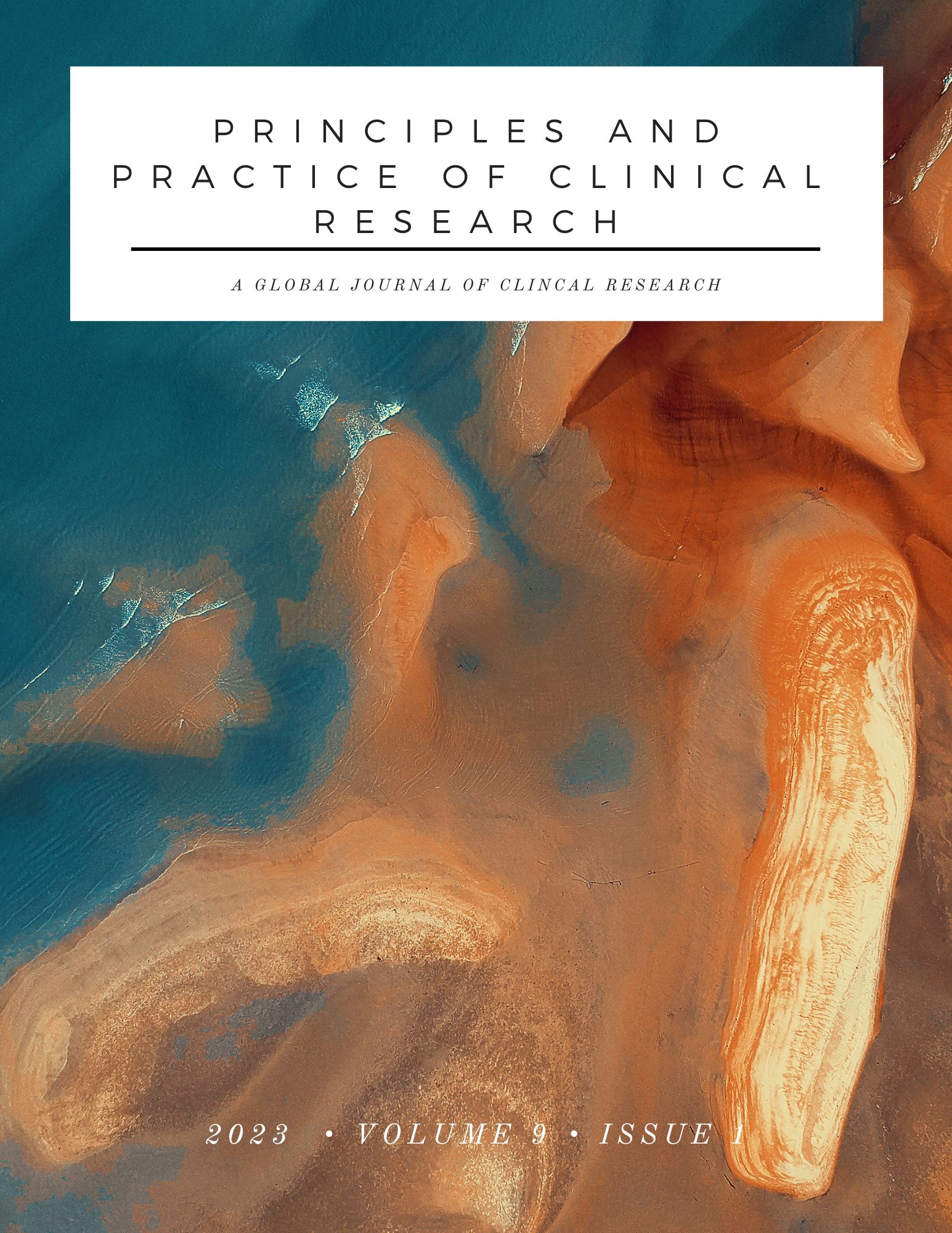The Efficacy of Deep Breathing Techniques in Patients with Elevated Blood Pressure and Hypertension: A Review of the Literature
Main Article Content
Abstract
Introduction: Increased blood pressure (BP) is among the top modifiable causes of cardiovascular disease risk. Nonpharmacological interventions in the prevention and management of elevated BP and hypertension have increased in popularity in recent years. Deep breathing techniques (DBT) are mindfulness stress reduction strategies that target the autonomous nervous system, increase vagal tone, and reduce BP levels. Inconsistent evidence exists in the efficacy of DB techniques in BP control. This review of the literature aims to assess the overall BP lowering efficacy of DBT in hypertension, compare the efficacy of device-guided versus non-device-guided DBT, and assess the safety and adherence rate of DBT, through systematic search and review of randomized controlled trials.
Methods: We searched Randomized clinical trials (RCT) in PubMed and Cochrane databases. The search terms were divided into three-term groups: a) hypertension, b) deep breathing techniques, and c) trials. Then, the list of articles was divided into five groups, each with two to three reviewers, to verify every study met the inclusion and exclusion criteria by reading the title and the abstract. Whenever necessary, we downloaded articles to verify adherence by reading the methods, results, and discussions. Studies having two or more votes were selected. Next, all selected articles were downloaded and read to analyze findings and effect sizes and to confirm a correct methodology and statistical analysis.
Results: We selected 4 of 119 articles. There is a conflict in the literature; one study affirms no overall difference between DBT and control, two studies affirm that there are statistically significant differences, and one study reports no difference in office BP but statistical difference in “awake, at home” monitoring in the control group. Thus large-scale, high-quality clinical trials are needed to critically assess the effectiveness of long-term DBT in the management of HTN.

